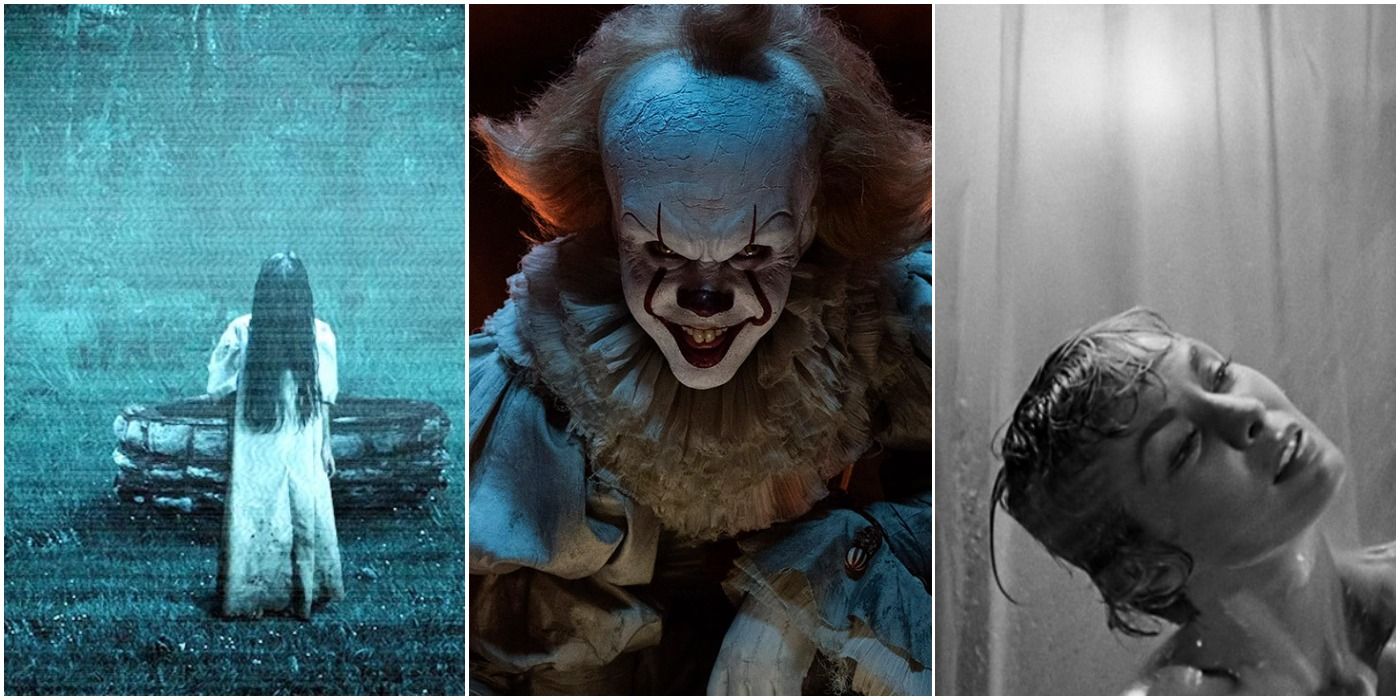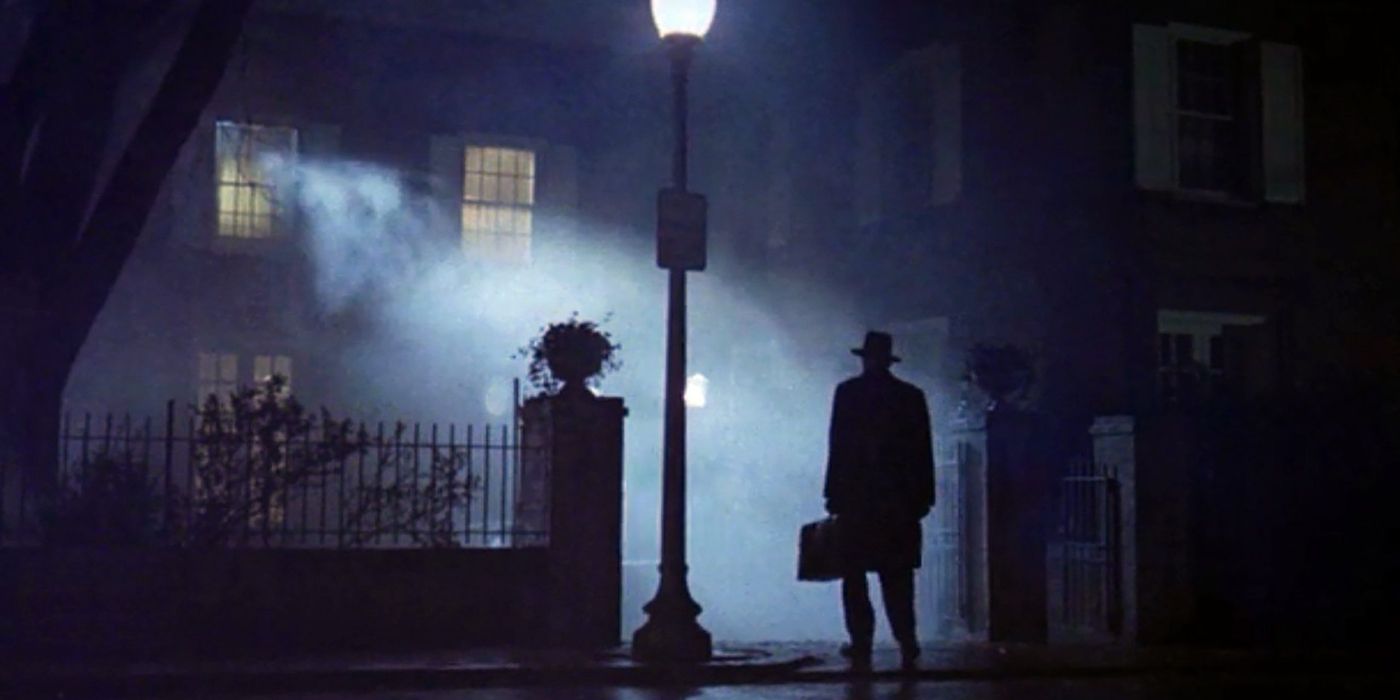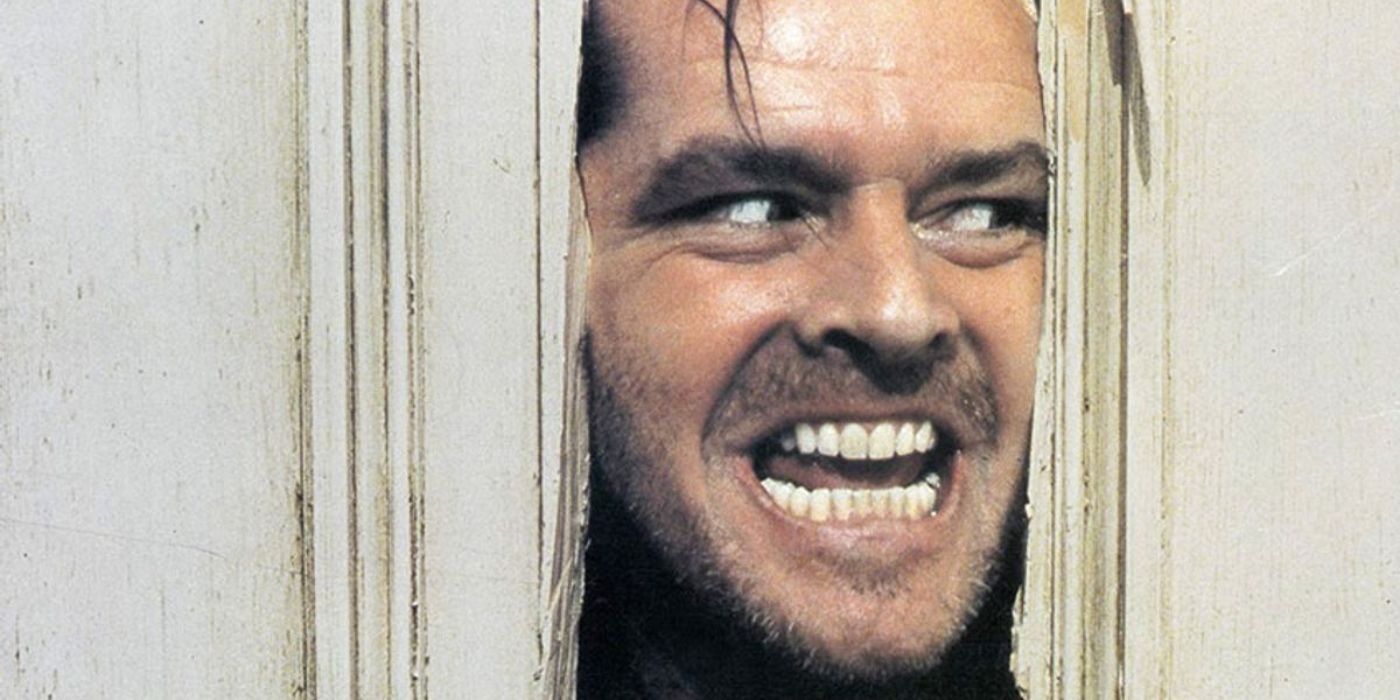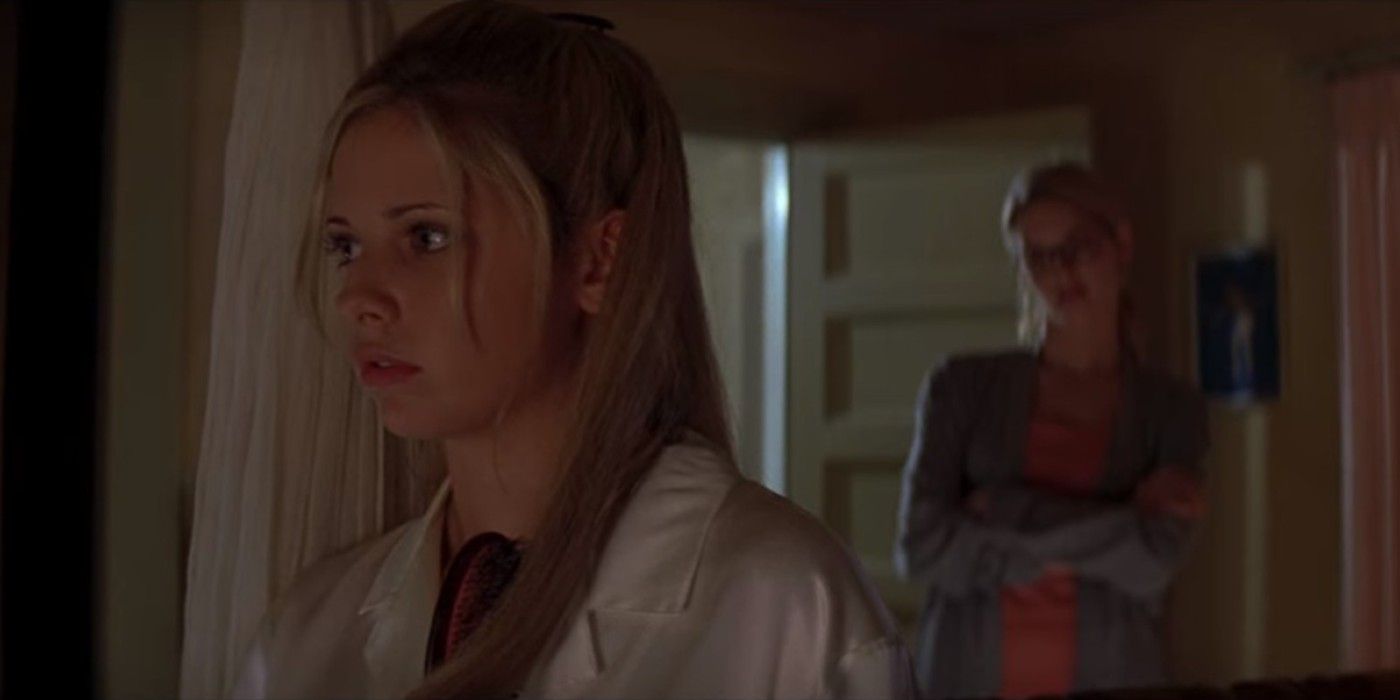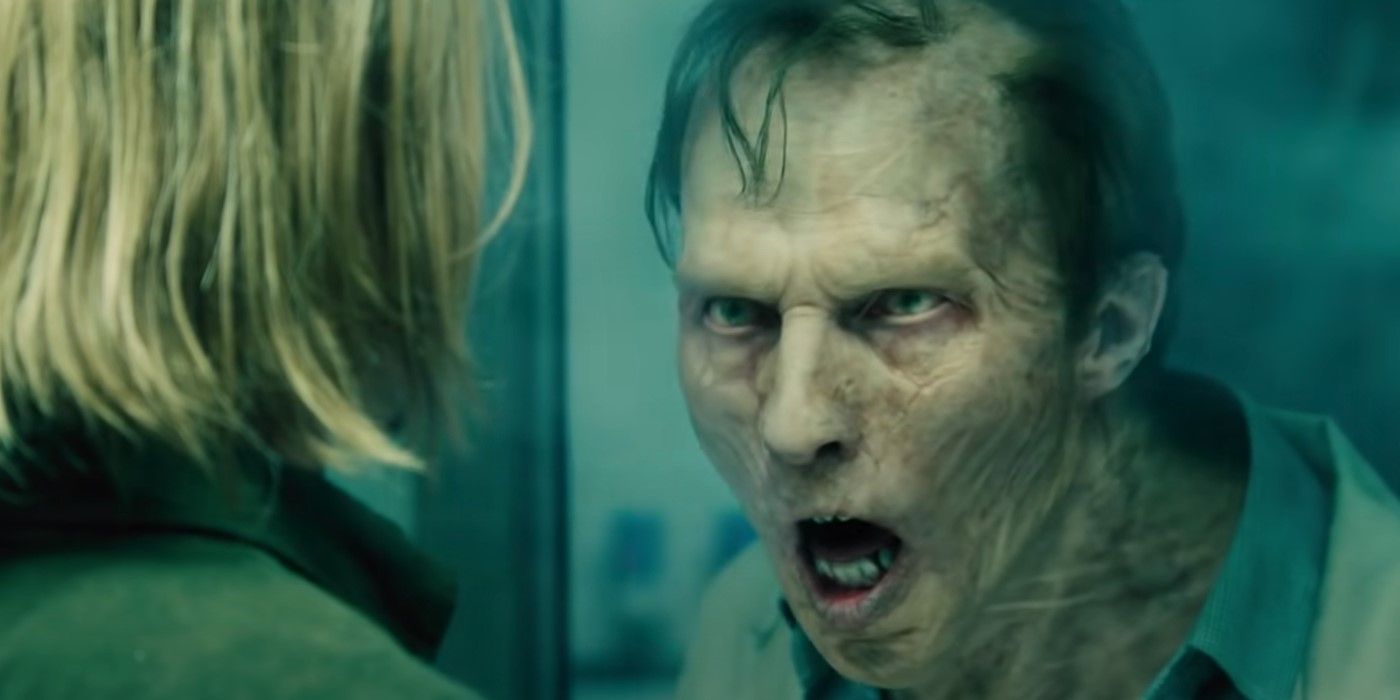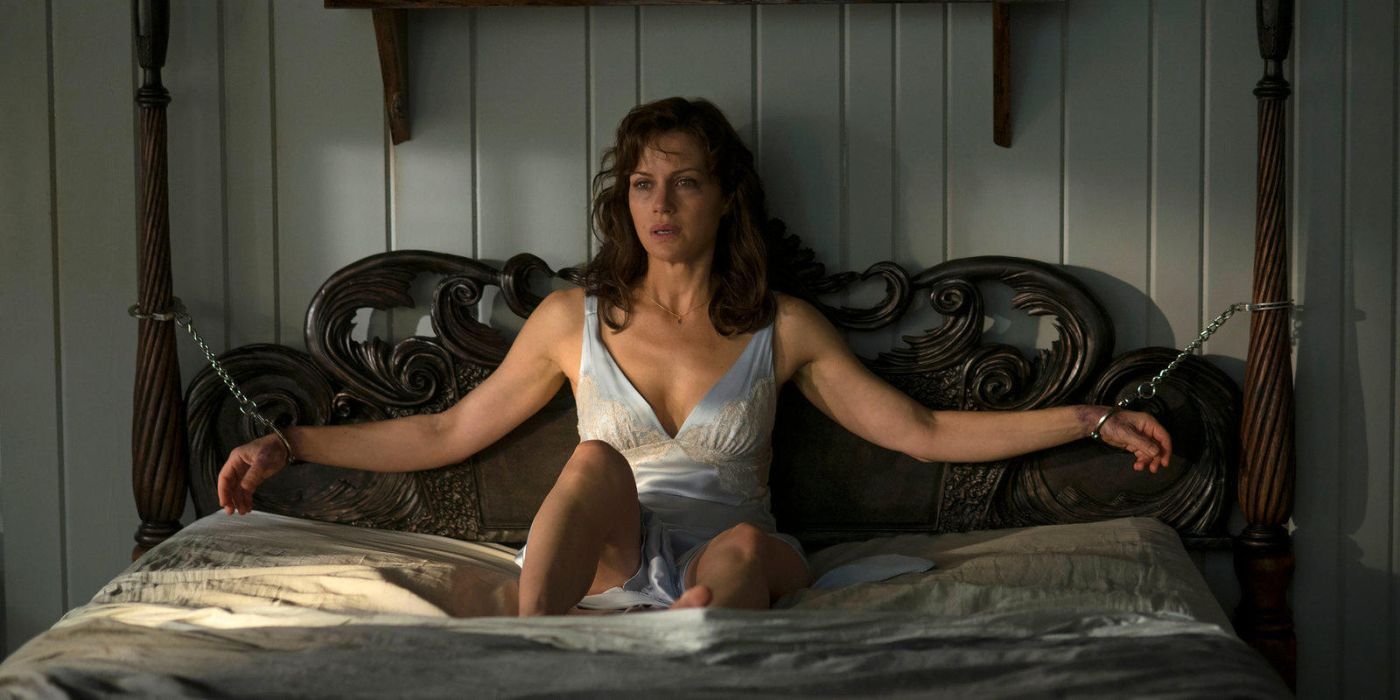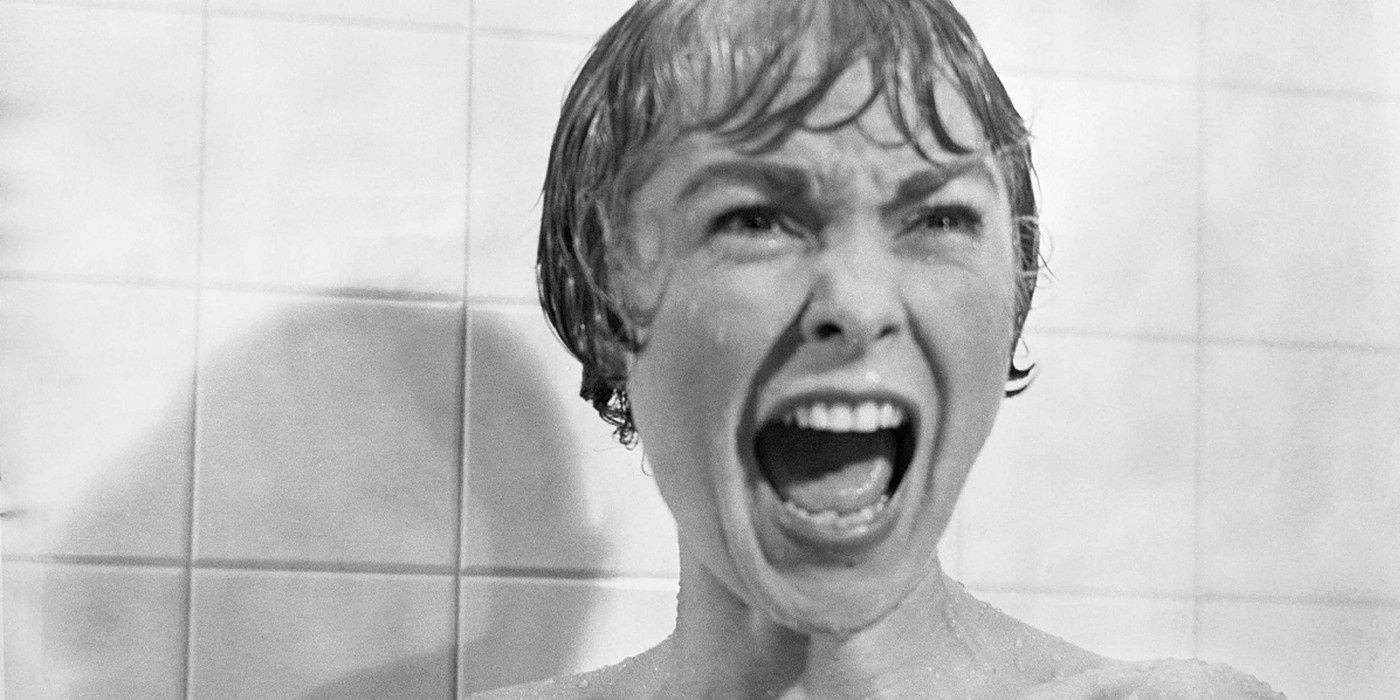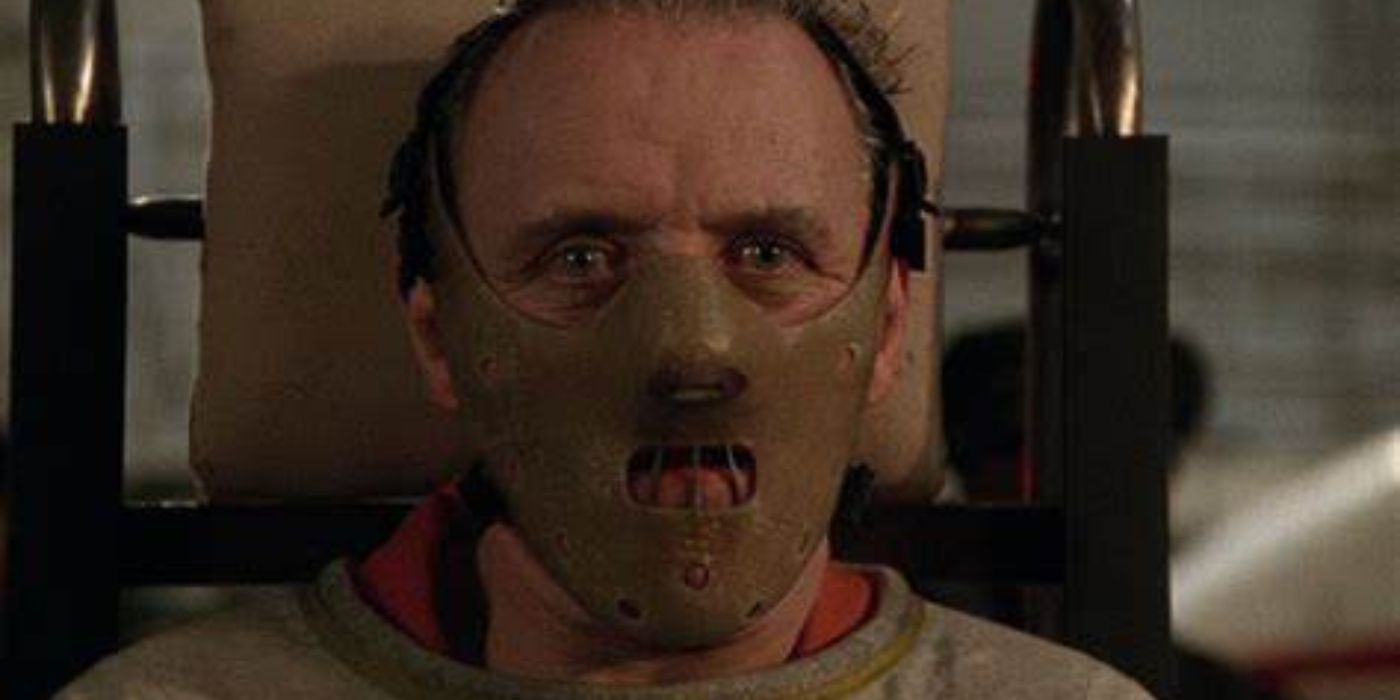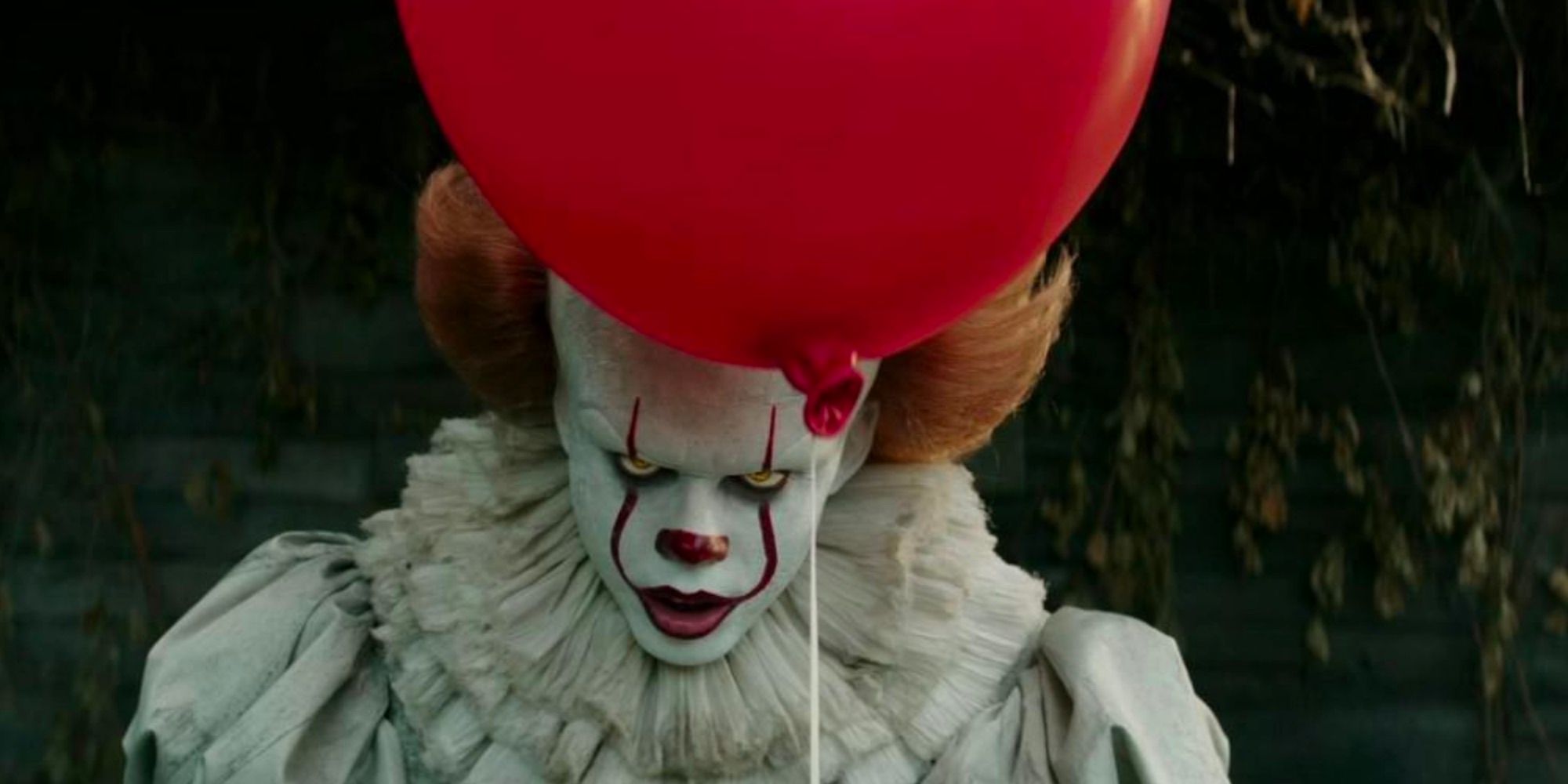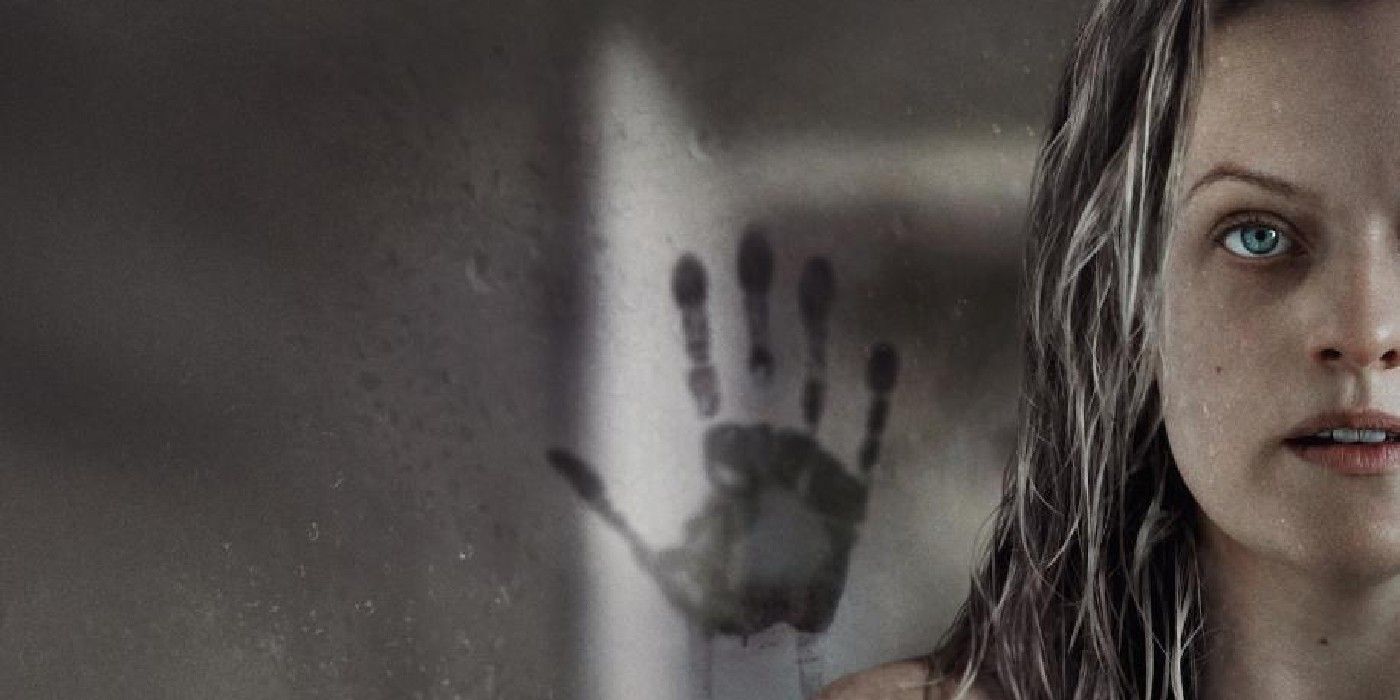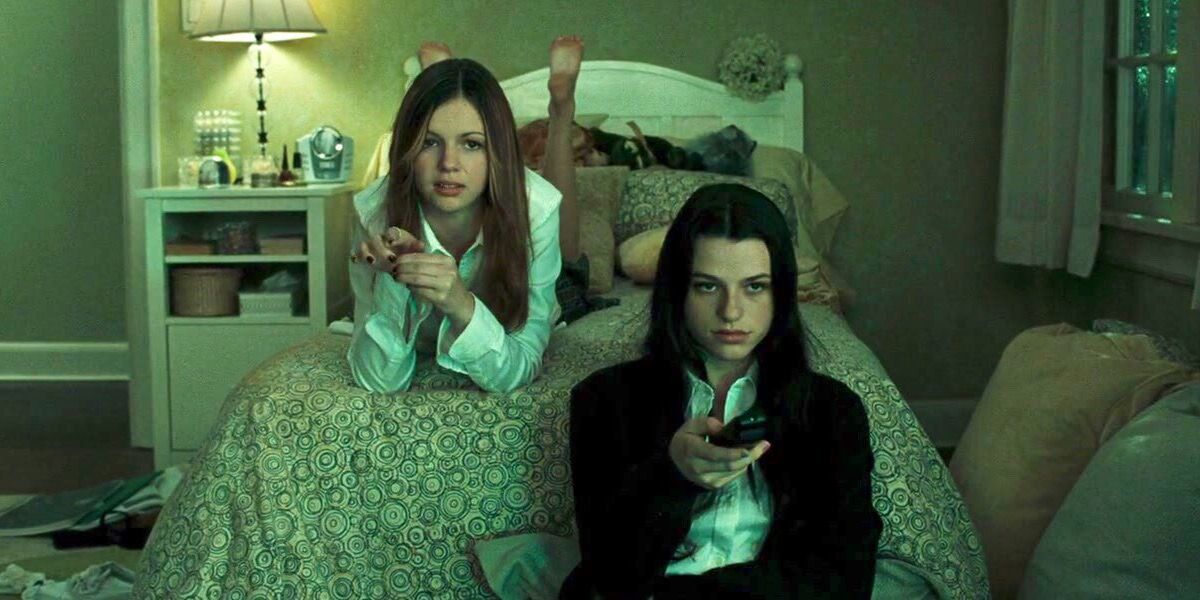Many of the most famous horror movies of all time were first written as novels. It takes incredible talent to translate horror onto the page, and it also takes talent to faithfully adapt novels to the silver screen. After being terrified by a good horror film, some viewers are prompted to visit the source material.
Some horror writers have made a name for themselves as masters of the craft, having many of their novels adapted to film and becoming classics in the process. When fans read the novels from these prolific horror authors, it feels like their novels are destined for the screen.
10 William Blatty Adapted The Exorcist From His Own Book
The Exorcist, written by William Peter Blatty, was a bestseller before it was adapted for the screen in 1973. It was written for the screen by Blatty himself, and both the novel and script are allegedly inspired by a real-life exorcism that was conducted on a young boy in 1949.
The Exorcist received critical acclaim despite not having any big actors attached to it, and also set box office records despite its studio not having high hopes for it. William Peter Blatty even went on to win an Academy Award.
9 Stephen King Doesn't Like Kubrick's The Shining
Perhaps one of the greatest horror movies to date, The Shining was directed by Stanley Kubrick and adapted from Stephen King’s novel of the same name. King has famously criticized Kubrick’s take on the story, which was co-written for the screen by Kubrick and Diane Johnson, due to the significant changes in theme and downplaying of supernatural forces in the film.
Despite the controversy over the adaptation of The Shining, it has gone on to become a staple in the film industry. The sequel, based on King’s novel Doctor Sleep, was released in 2019 and was directed by acclaimed horror director Mike Flanagan.
8 I Know What You Did Last Summer Is Loosely Based On Lois Duncan's 1973 Novel
The classic 1997 slasher I Know What You Did Last Summer was loosely based on Lois Duncan’s 1973 novel of the same name. The novel and the film are quite dissimilar, as the novel is closer to suspense while the film leans heavily into the slasher genre with supernatural elements.
The adaptation of the novel was written by Kevin Williamson, who is best known for his work writing Scream (1996). I Know What You Did Last Summer also launched a franchise like Scream, along with a 2021 remake in the form of a series.
7 World War Z Is A Loose Adaptation Of Max Brooks' Novel
World War Z, produced by and starring Brad Pitt, is very loosely based on Max Brooks’ novel, World War Z: An Oral History Of The Zombie War. Unlike the film, the novel takes place in the form of fictional interviews ten years after a zombie plague. The interviews recount the various social, environmental, and political changes that occurred as a result of the outbreak.
The 2013 film was directed by Marc Forster and written by Matthew Michael Carhanan, Drew Goddard, and Damon Lindelof. Unlike the novel, World War Z follows one man (Pitt) and his family at the beginning of a zombie outbreak as he searches for safety and a cure.
6 Gerald's Game Was Believed To Be Impossible To Adapt
Another adaptation of a Stephen King novel, Gerald’s Game (2017) was directed and co-written by Mike Flanagan. Given that King wrote it almost exclusively in one location and featured a single character conversing with the voices in her head, many thought the novel was impossible to adapt into a film.
This meant that Mike Flanagan and his co-writer, Jeff Howard, had to come up with some creative changes to make the movie interesting for viewers. Thankfully, they accomplished this with ease and King is a fan of the adaptation.
5 Robert Bloch's Psycho Turned Into One Of The Most Iconic Horror Films Ever
Robert Bloch’s 1959 novel, Psycho, is the source material for Alfred Hitchcock’s famous 1960 horror film. Written mainly by Joseph Stephano, Psycho is fairly faithful to the source material. Some aspects were changed for the silver screen. Namely, the film’s violence was toned down.
Psycho has become one of the most influential horror films of all time and is certainly one of the most recognizable. The shower scene became iconic and has often been homaged in various films and TV shows since the movie’s release.
4 Silence Of The Lambs By Thomas Harris Led To One Of The Most Successful Horror Films Ever
Silence Of The Lambs (1991) became a worldwide success and nearly swept the Academy Awards, and it is based on the 1988 horror novel written by Thomas Harris. Both the novel and film tell the story of the famous Dr. Hannibal Lecter as he’s profiled by a young FBI agent, Clarice Starling, while she searches for a new serial killer actively hunting local women.
Silence Of The Lambs is the sequel to Harris’s novel, Red Dragon. The Red Dragon film wasn’t released until 2002 and received less acclaim.
3 It Has Been Adapted Twice Since Stephen King Wrote The Book
It is one of Stephen King’s most famous novels and has been adapted twice; once in 1990 as a two-part miniseries and again in 2017 and 2019 as a duology (split into It: Chapter One and It: Chapter Two). The stories follow a group of childhood friends as they are terrorized by a creature who calls itself “Pennywise the Dancing Clown."
It (2017) received praise for its writing, direction, and performances. Both installments of the duology have gone on to become fan-favorite horror films. Many even prefer the films to King’s novel, thanks to the removal of many disturbing scenes.
2 The Invisible Man By H.G. Wells Is Very Different From The 2020 Film
The acclaimed 2020 film The Invisible Man is inspired by H.G. Wells’ novel of the same name, which was published in 1897. The Invisible Man follows Cecelia Kass as she escapes an abusive relationship with Adrian, who then takes his own life. Cecelia believes that Adrian has faked his death and is following her. Strange happenings begin occurring around Cecelia which seem to confirm that Adrian isn’t dead, and events spiral as the story continues.
The novel and the film are very different due to the differences in when the stories were written. However, Leigh Whannell, writer and director of the film, turns a famous story into a terrifying film with many meanings behind it.
1 Koji Suzuki's Ring Went On To Become A Cult Favorite
The Ring (2002) is an adaptation of the Japanese horror/mystery novel, Ring, by Koji Suzuki. The Ring was directed by Gore Verbinski and written by Ehren Kruger. As the film is an Americanization of the novel and the previous 1998 Japanese film adaptation, significant creative liberties were taken.
The film was successful upon its release and has garnered cult status. The Ring's success also opened doors for American remakes of other Japanese horror films, like The Grudge.

